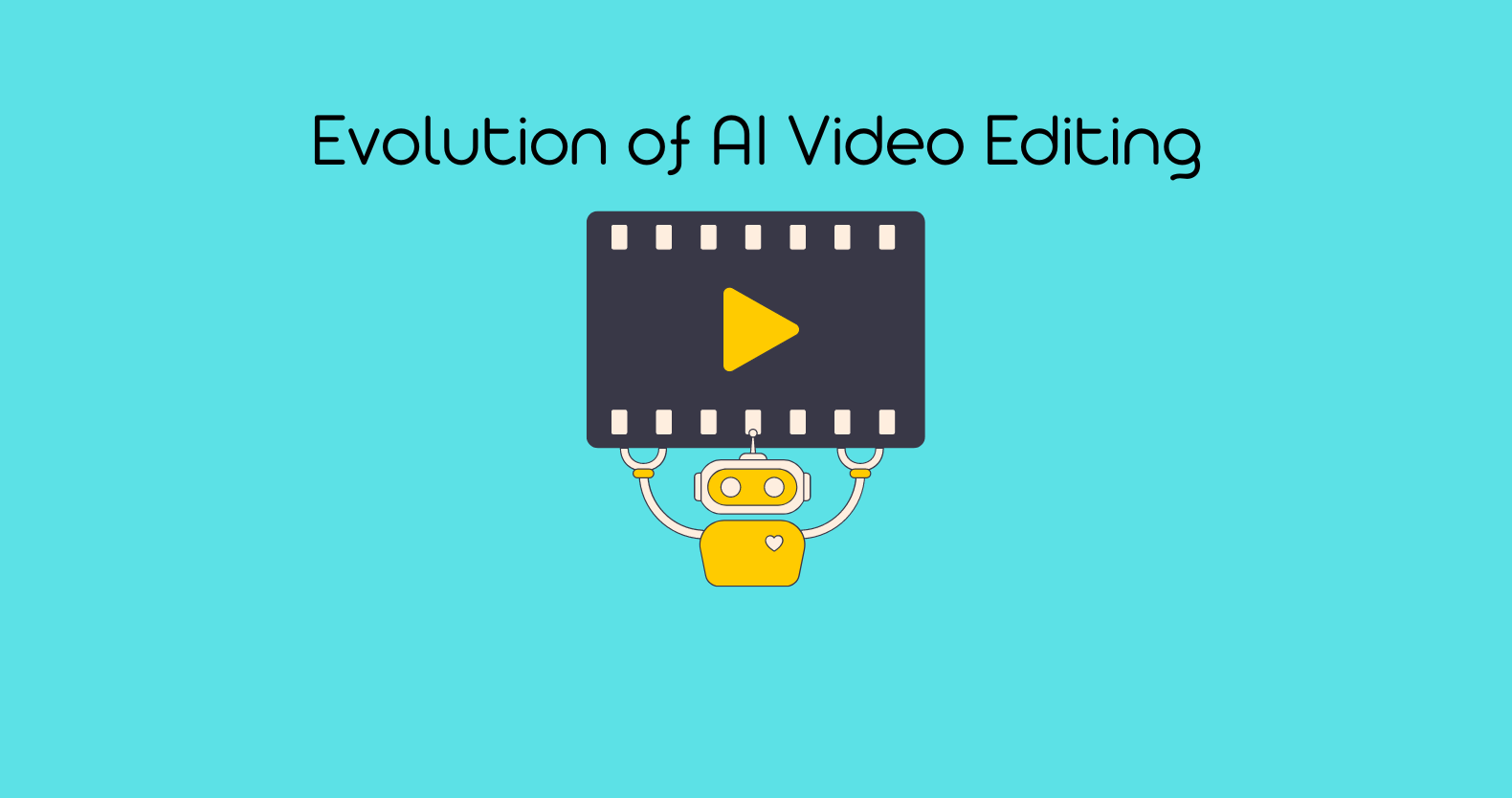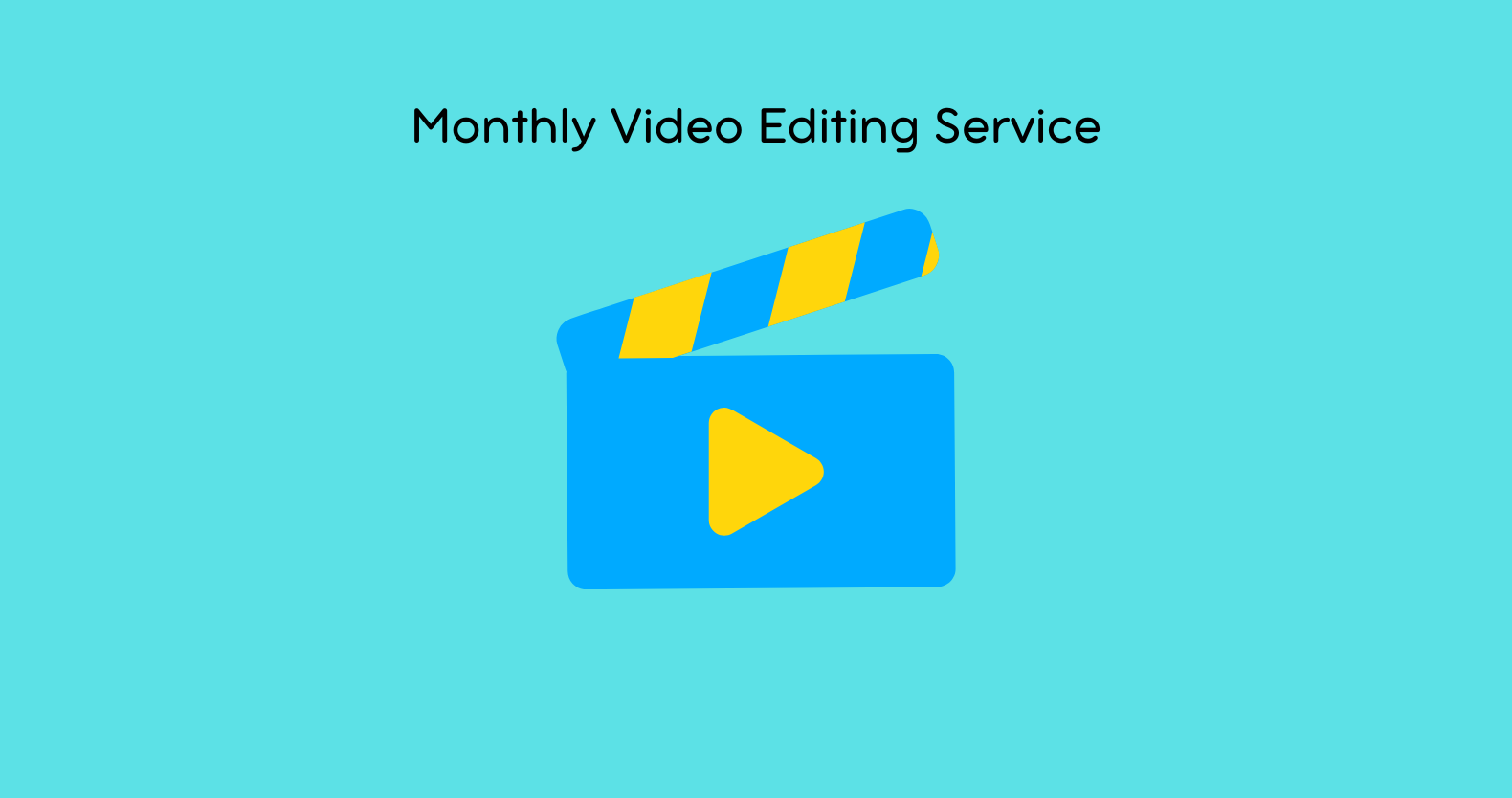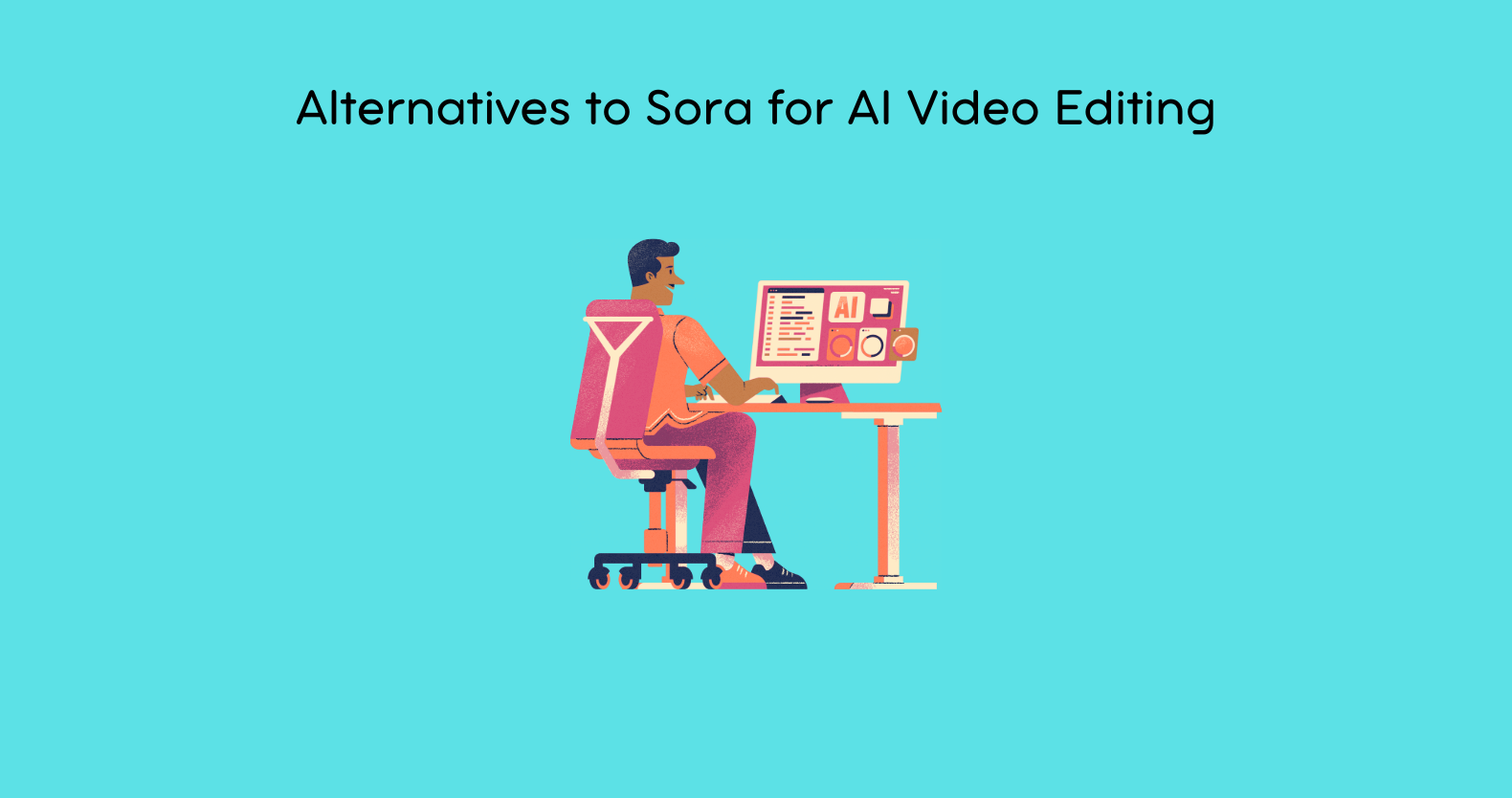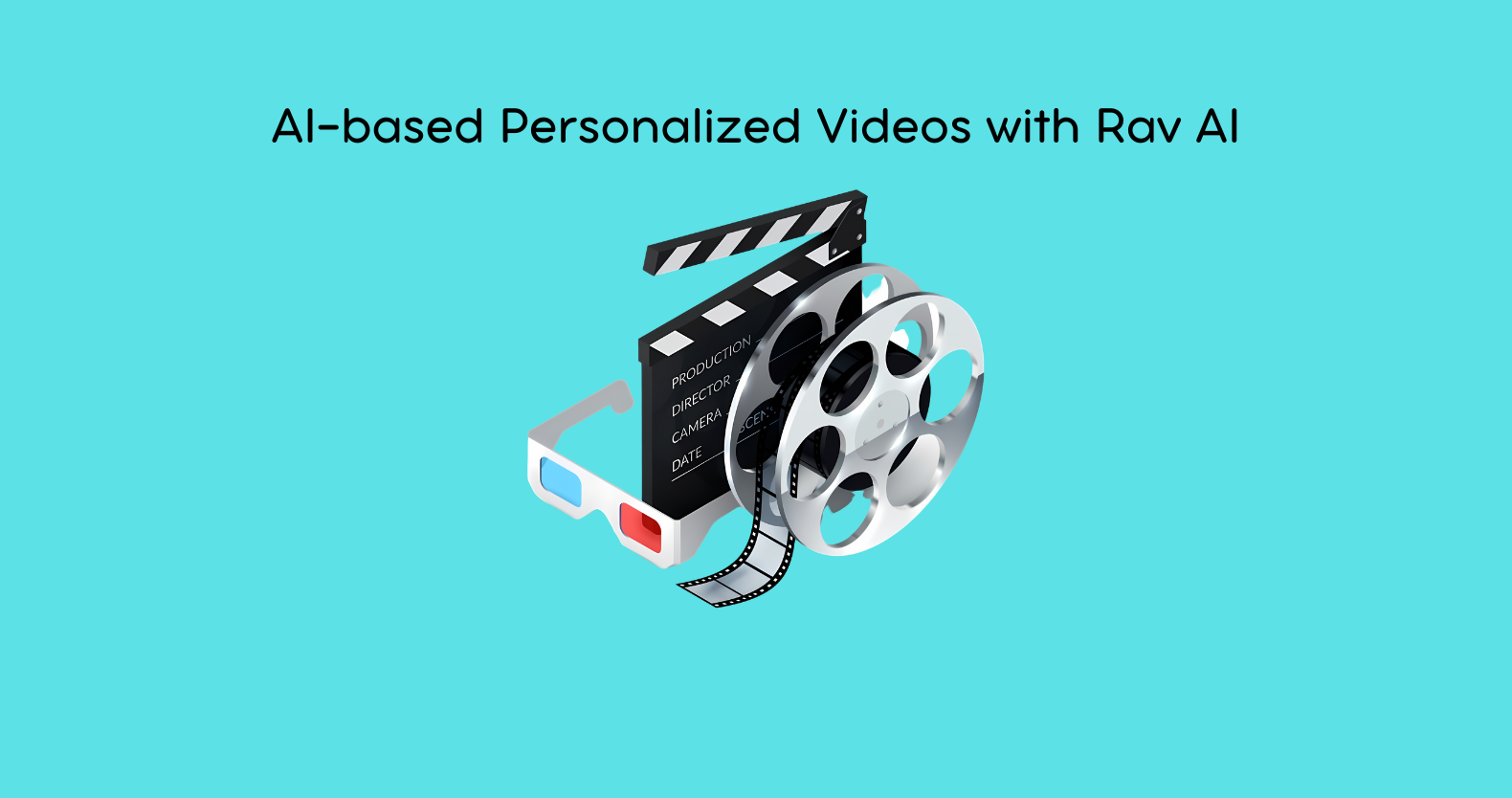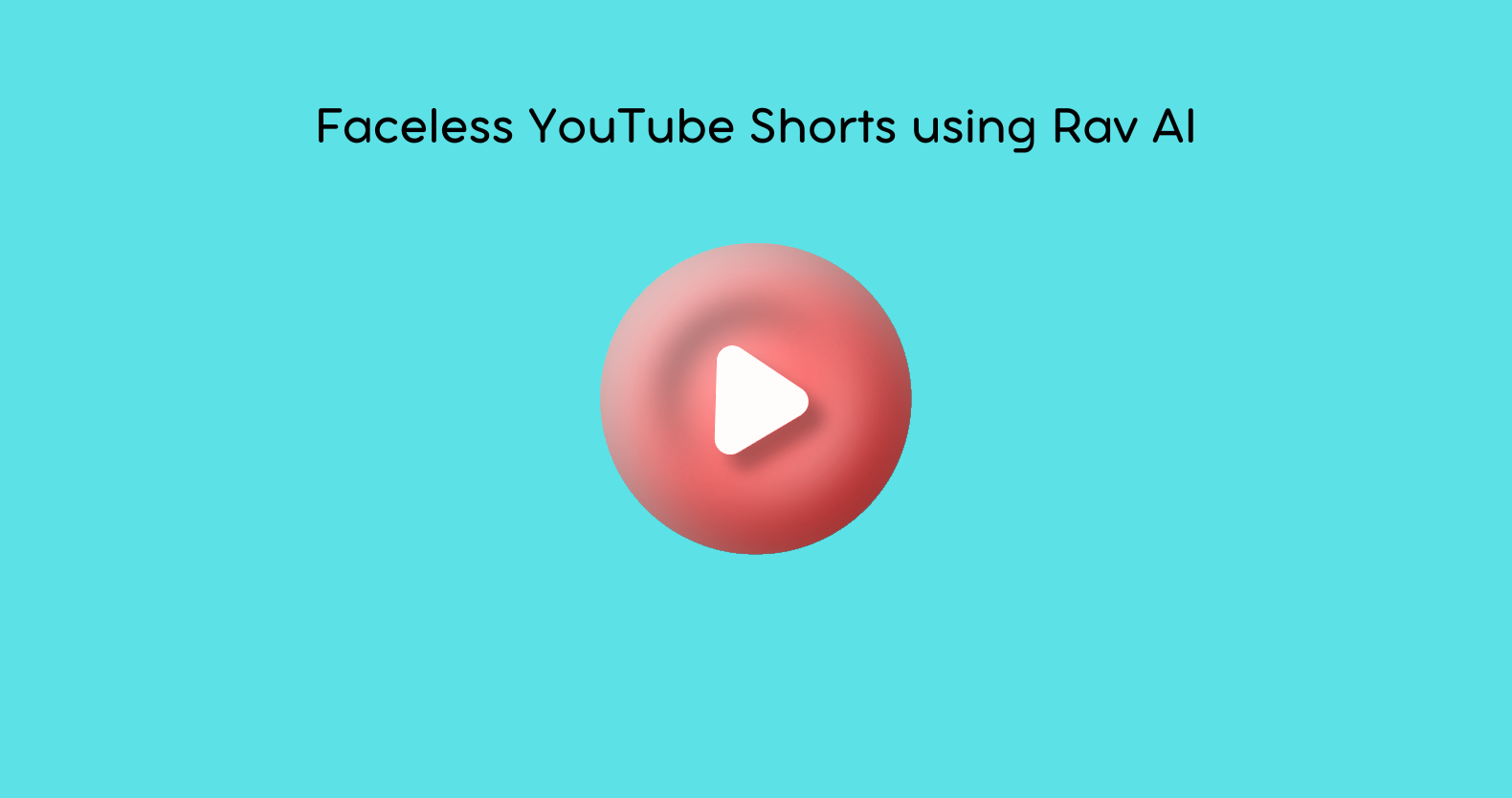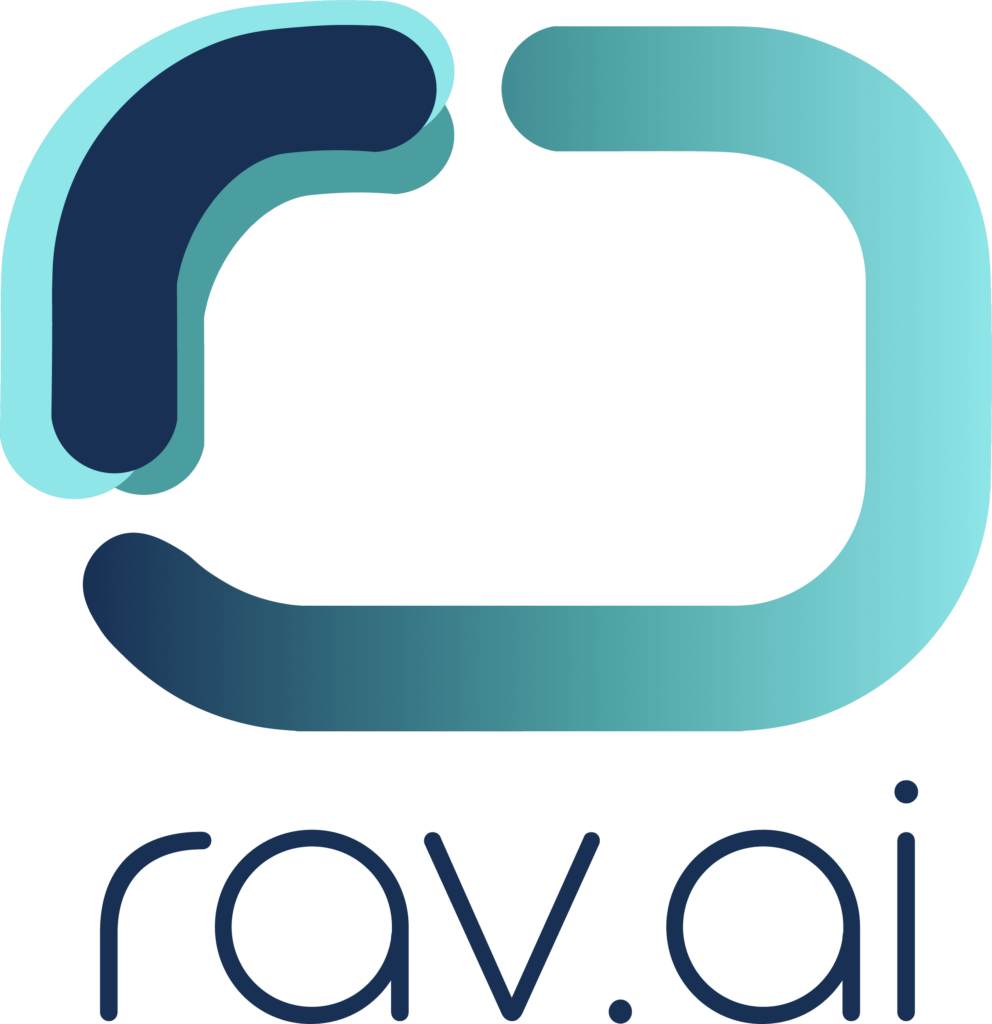AI technology has dramatically transformed the video editing industry, making processes faster, smarter, and more efficient. From automating routine tasks to enhancing creative workflows, AI-driven tools are redefining how videos are produced and edited.
This guide explores the evolution of AI in video editing, highlighting key advancements and their impact on the industry. We will delve into ten significant ways AI has evolved in video editing and discuss how these changes are shaping the future of video production.
How Far AI has Evolved in Video Editing?
1. Automated Editing Tools:
One of the earliest and most impactful advancements in AI video editing is the development of automated editing tools. These tools leverage machine learning algorithms to perform routine editing tasks, such as cutting, trimming, and organizing footage.
Automated editing not only saves time but also ensures consistency and accuracy in the final product. Platforms like Adobe Premiere Pro and Final Cut Pro have integrated AI-driven features that analyze video content to suggest edits and improvements, streamlining the editing process for professionals and amateurs alike.
2. Enhanced Creative Workflow:
AI has significantly enhanced the creative workflow by offering intelligent suggestions and automation. Tools like Adobe’s Sensei use AI to provide real-time feedback and recommendations, helping editors refine their work more efficiently.
AI algorithms can analyze video footage to identify key moments, transitions, and effects that would enhance the storytelling. This allows editors to focus on the creative aspects of their projects, knowing that AI is handling the technical details.
3. Improved Video Production Efficiency:
The efficiency of video production has been greatly improved with AI-driven editing features. By automating repetitive tasks, AI allows editors to complete projects faster and with greater precision. Tools like Magisto use AI to automatically edit videos based on predefined styles and themes, significantly reducing the time required for manual editing. This efficiency is particularly beneficial for content creators who need to produce high volumes of video content quickly.
4. Advanced Visual Effects:
AI has revolutionized the creation and application of visual effects in video editing. AI-powered tools can generate realistic effects, such as motion tracking, background replacement, and color grading, with minimal human intervention.
For instance, Runway ML uses AI to enable real-time video editing with advanced effects, making complex visual enhancements accessible to users without extensive technical skills. This democratization of visual effects empowers more creators to produce professional-quality videos.
5. AI-Assisted Creativity:
AI is enhancing creativity in video editing by offering new possibilities for experimentation and innovation. AI algorithms can analyze vast amounts of data to identify trends and patterns, inspiring editors to explore new styles and techniques.
Tools like Lumen5 use AI to convert written content into engaging video formats, providing a fresh perspective on content creation. This AI-assisted creativity encourages editors to push the boundaries of their work and discover unique approaches to storytelling.
6. Personalized Content Creation:
Personalization is another area where AI has made significant strides in video editing. AI algorithms can analyze viewer preferences and behaviors to create tailored video content.
Platforms like Vimeo use AI to recommend personalized edits and adjustments based on audience engagement data. This personalized approach ensures that videos resonate with their intended audiences, enhancing viewer satisfaction and engagement.
7. Real-Time Editing Capabilities:
AI has introduced real-time editing capabilities, allowing editors to see the effects of their changes instantly. Tools like Blackmagic Design’s DaVinci Resolve use AI to provide real-time feedback on color grading, effects, and transitions, enabling editors to make adjustments on the fly.
Real-time editing not only speeds up the workflow but also allows for more iterative and dynamic creative processes.
8. Integration with Other AI-Powered Applications:
The integration of AI video editing tools with other AI-powered applications has expanded the possibilities for video production. AI can be used in conjunction with applications like voice recognition, facial recognition, and natural language processing to create more immersive and interactive video experiences.
For example, AI-driven video analytics can provide insights into viewer engagement and preferences, informing future editing decisions and content strategies.
9. Enhanced Storytelling Techniques:
AI has enhanced storytelling techniques in video editing by providing new ways to structure and present narratives. AI-driven tools can analyze video footage to identify key themes, emotions, and plot points, helping editors craft more compelling stories.
This enhanced storytelling capability is particularly valuable for documentary filmmakers, journalists, and content creators who rely on strong narratives to engage their audiences.
10. Cost-Effective Video Editing:
AI-powered video editing has made professional-quality editing more cost-effective. By automating many of the labor-intensive aspects of editing, AI reduces the need for extensive human resources and expensive software.
Platforms like Rav.ai offer cost-effective solutions for video editing, allowing creators to produce high-quality content without significant financial investment. This affordability makes professional video editing accessible to a wider range of users, from small businesses to independent creators.
How AI is Transforming the Industry?
AI is transforming the video editing industry by making advanced editing tools more accessible and efficient.
Automated processes reduce the time and effort required for manual editing, allowing creators to focus on their artistic vision. AI-driven analytics provide valuable insights into viewer preferences and behaviors, informing content strategies and improving engagement.
By enhancing creativity, efficiency, and personalization, AI is reshaping the landscape of video production and enabling creators to produce high-quality content with greater ease.
How is AI Changing the Video Production Industry?
AI is changing the video production industry by introducing innovative tools and techniques that streamline the production process. From automated editing to real-time feedback, AI enhances the efficiency and accuracy of video production.
AI-driven analytics offer valuable insights into audience preferences, helping creators tailor their content to better meet viewer expectations. By democratizing access to advanced editing tools and techniques, AI is empowering a new generation of content creators to produce professional-quality videos.
How has AI Changed Video Editing?
AI has changed video editing by automating routine tasks, enhancing creative workflows, and providing intelligent editing suggestions.
AI-powered tools enable real-time editing, advanced visual effects, and personalized content creation, making the editing process more efficient and accessible. AI-driven analytics provide insights into viewer engagement and preferences, informing editing decisions and improving content quality.
Overall, AI has revolutionized video editing by making it faster, smarter, and more creative.
How Technology has Changed Video Editing?
Technology has changed video editing by introducing advanced tools and techniques that streamline the editing process and enhance creative possibilities.
Digital editing software, cloud-based platforms, and AI-driven tools have made editing more efficient and accessible.
Real-time editing capabilities, automated processes, and advanced visual effects have transformed the way videos are produced and edited. Technology has democratized access to professional-quality editing tools, enabling more creators to produce high-quality content.
Final Thoughts!
The evolution of AI in video editing has brought about significant changes in the industry, making the editing process faster, smarter, and more creative. Platforms like Rav.ai are at the forefront of this transformation, offering advanced tools that streamline video editing and enhance creative possibilities.
As AI technology continues to evolve, we can expect even more innovative features and capabilities that will further revolutionize video production.
Whether you’re a professional editor or a novice creator, AI-powered tools offer a wealth of opportunities to enhance your editing workflow and produce high-quality content. The future of video editing is bright, with AI leading the way toward a more efficient, creative, and accessible industry.

